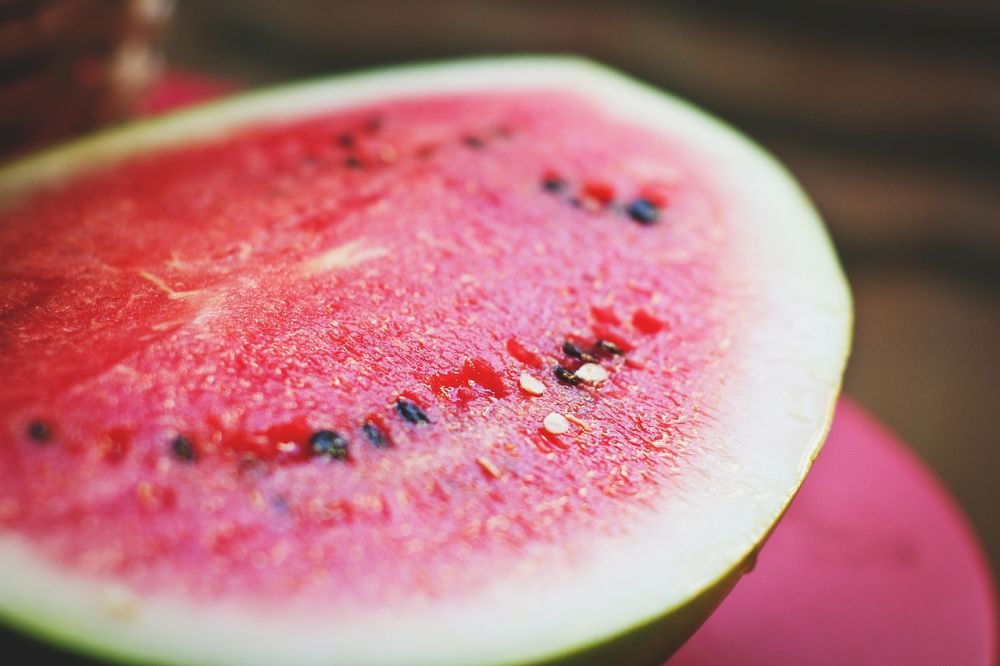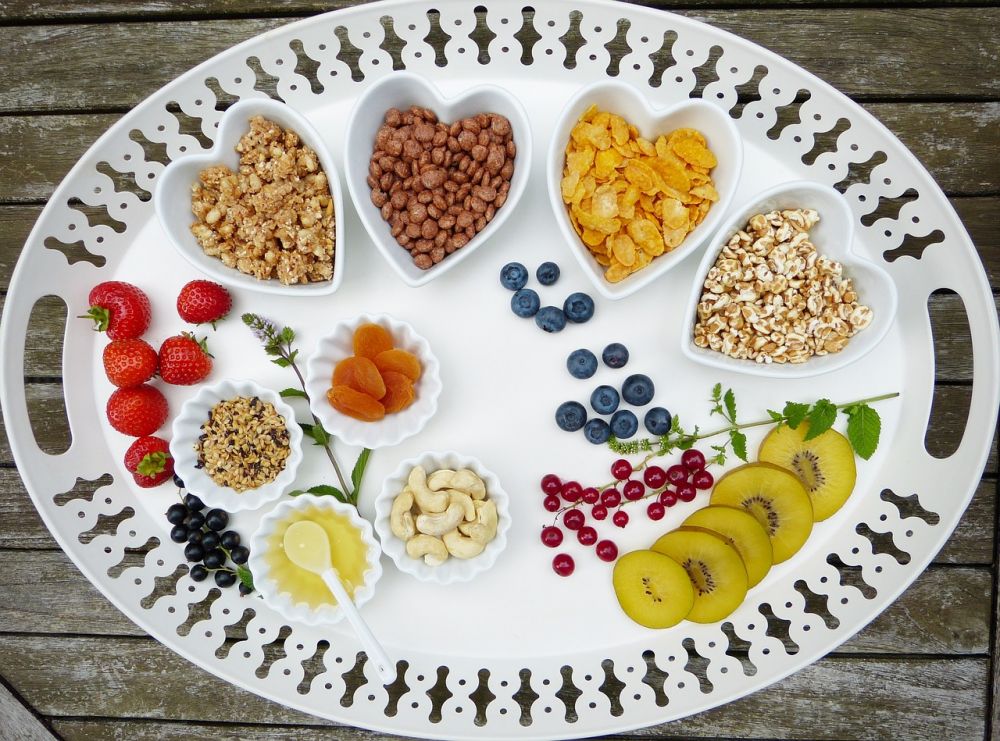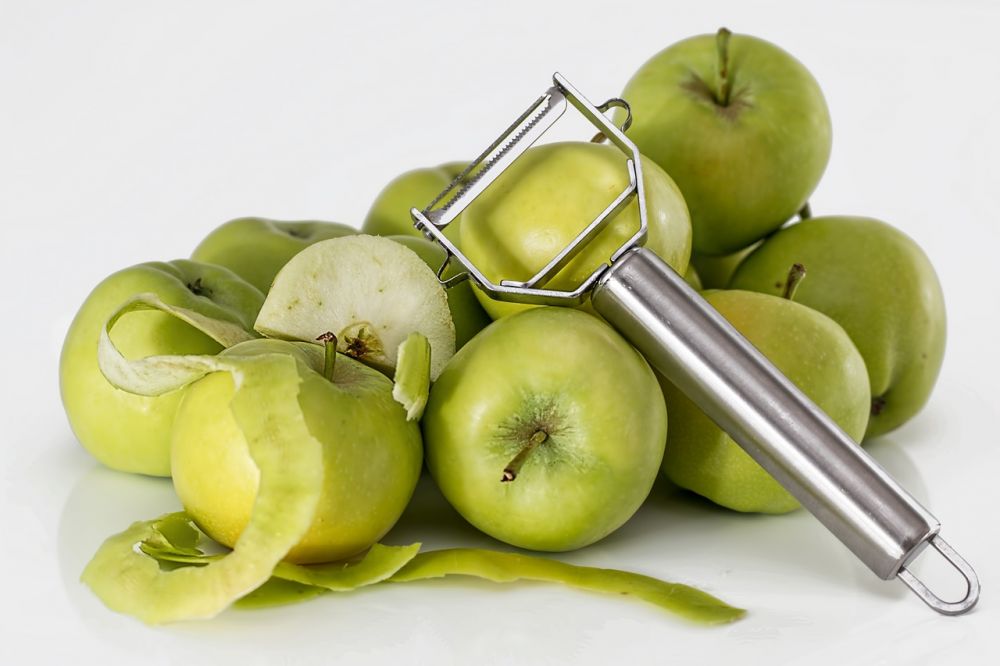Keto diet vegan: Navigating the World of Plant-Based Ketogenic Eating

Introduction
In recent years, the ketogenic diet has gained significant attention for its potential health benefits, particularly in weight loss and improved mental clarity. However, for those following a vegan lifestyle, adhering to a traditional ketogenic diet can be challenging due to its heavy reliance on animal products. Enter the ”keto diet vegan,” a modified version of the ketogenic diet that focuses on plant-based sources of fats and proteins. In this article, we will provide an in-depth overview of the keto diet vegan, exploring its various types, popular variations, and quantitative measurements.
Understanding the Keto Diet Vegan

The keto diet vegan revolves around consuming a high-fat, low-carbohydrate, and moderate-protein diet. By drastically reducing carbohydrate intake, the body enters a metabolic state called ketosis, where it starts utilizing ketones from fat as its primary source of energy instead of glucose from carbohydrates. This shift in metabolism has been associated with numerous health benefits, including weight loss, improved insulin sensitivity, and enhanced mental focus.
Types of Keto Diet Vegan
There are several variations of the keto diet vegan, each with unique characteristics and dietary restrictions. Some popular types include:
1. Standard Vegan Keto: This version restricts carbohydrate intake to around 50 grams per day, while sourcing fats and proteins from plant-based foods such as avocados, coconut oil, nuts, seeds, and tofu.
2. High-Protein Vegan Keto: Targeted towards individuals who engage in strength training or have higher protein requirements, this variation emphasizes plant-based protein sources such as tempeh, seitan, and edamame.
3. Raw Vegan Keto: Combining elements of the raw food movement with the ketogenic diet, this type involves consuming predominantly raw, unprocessed, and plant-based foods while following the principles of ketosis.
Quantitative Measurements in Keto Diet Vegan
To ensure effective ketosis, it is important to track macronutrient intake. Quantitative measurements play a crucial role in optimizing the keto diet vegan. Here are a few key components to consider:
1. Net Carbohydrate Intake: Subtracting fiber and sugar alcohols from total carbohydrates gives the net carbohydrate intake, which must be limited to maintain ketosis.
2. Fat Intake: Consuming high-quality plant-based fats is essential in the keto diet vegan. Measuring fat intake helps ensure an adequate supply for energy and maintaining ketosis.
3. Protein Intake: While protein is an important macronutrient, excessive protein consumption can hinder ketosis. Measuring protein intake helps strike the optimal balance in the keto diet vegan.
Differences in Keto Diet Vegan Approaches
Despite the common goal of achieving ketosis through a plant-based diet, different approaches to the keto diet vegan can lead to variations in nutritional composition and overall effectiveness. Factors that contribute to these differences include:
1. Food Selection: The specific plant-based foods chosen in the keto diet vegan can impact the nutrient profile, availability of essential vitamins and minerals, and overall dietary diversity.
2. Macronutrient Ratios: Varying ratios of fat, protein, and carbohydrates can modify the overall effectiveness of the diet. Experimentation with different macronutrient compositions can help individuals find the most suitable approach.
The Historical Pros and Cons of Keto Diet Vegan
Over time, the keto diet vegan has garnered both praise and criticism. Understanding the historical perspective of this dietary approach can provide valuable insights into its advantages and disadvantages. Some key points to consider include:
1. Benefits: Advocates of the diet claim that it promotes weight loss, can improve mental focus, and enhances energy levels. Additionally, it has been associated with lower blood sugar levels and reduced inflammation.
2. Challenges: The main challenges of following the keto diet vegan include potential nutrient deficiencies, limited food choices, and the need for careful meal planning to ensure an optimal nutritional balance.
Conclusion
The keto diet vegan presents an intriguing alternative for those seeking to combine the benefits of a ketogenic diet with a plant-based lifestyle. By understanding its various types, quantitative measurements, differences, and historical context, individuals can make informed choices when embarking on this dietary journey. Remember to consult with a healthcare professional or registered dietitian before making any significant changes to your diet to ensure it aligns with your specific nutritional needs.





